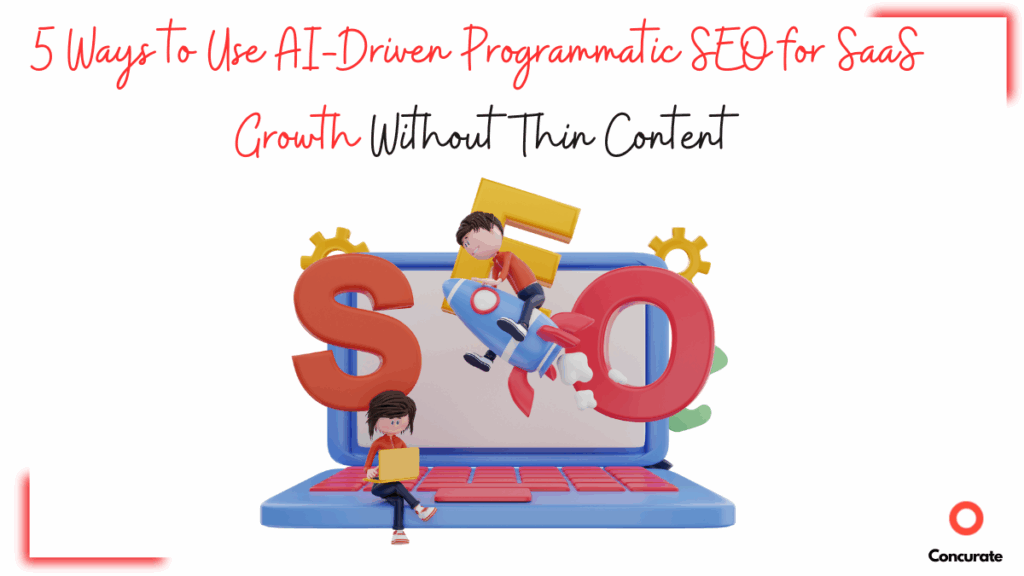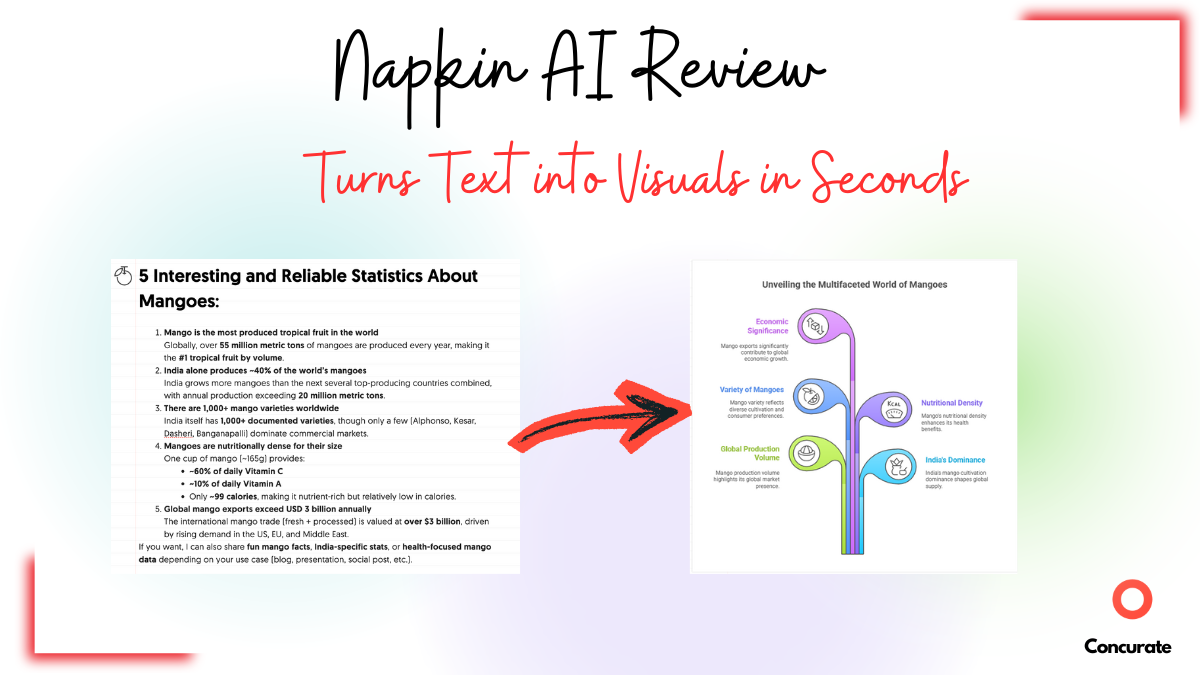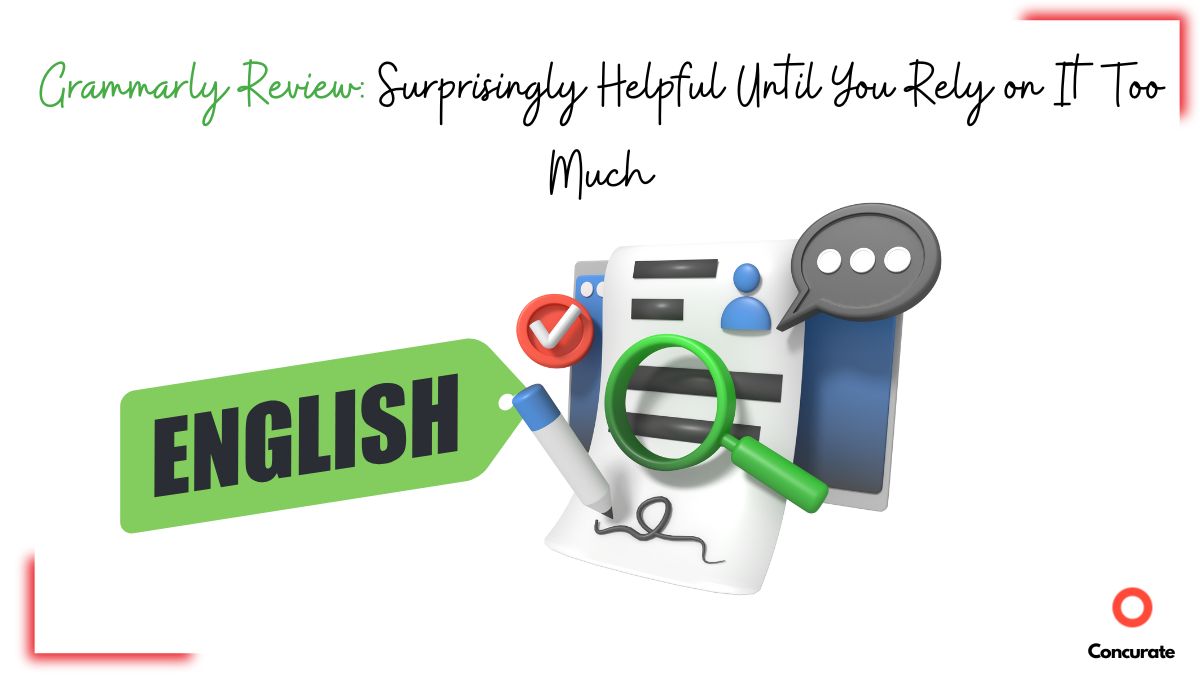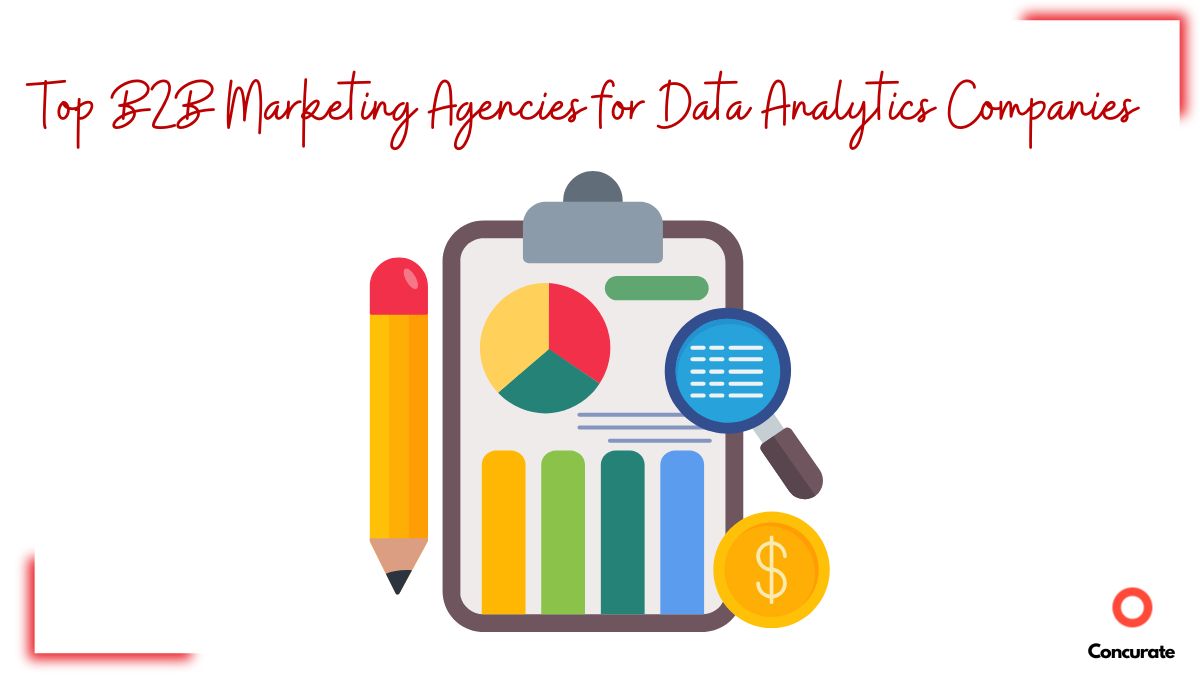You have probably heard the buzz around programmatic SEO. Companies like Storylane and Eleven Labs have used it to capture high-intent traffic and turn it into real growth.
You have probably read those stories and thought: Could I pull this off for my SaaS? The idea is tempting.
But the doubts show up just as fast. Questions like:
- Do I need a huge budget?
- Can I even test it with the resources I have?
That is where AI comes in. It will not build your programmatic engine for you, but it can lower the barrier to entry.
In this guide, we will walk through practical use cases that show you how to apply programmatic SEO with AI, even on a lean budget. Think of it as a starting point to experiment, create high-intent pages, and kick-start results with your existing team.
What Programmatic SEO Actually Looks Like
When people hear the term Programmatic SEO, they often imagine thin landing pages stuffed with modifiers. That is not what we are talking about.
Done right, programmatic SEO is about creating hundreds of high-intent pages that can answer specific searches and convert visitors into customers.
It is not tied to one format either. You can build programmatic experiences through landing pages, blog posts, comparison hubs, even template libraries. The structure may change, but the discipline stays the same.
Think of it as a system:
- Inputs: your keywords, modifiers, competitor names, industries.
- Template: a reusable content structure that gives those inputs shape.
- QA gates: checks that make sure each page has unique value.
- Publish, measure, improve: put it live, track results, refine, repeat.
That loop is what makes programmatic SEO powerful. It compounds. But it can also be complex when you are trying to design it from scratch.
That is why in the next section, we are not giving you a generic checklist. Instead, we will walk through seven real use cases. Think of them as starting points you can test, and places where AI can help you run a safe trial.
5 Proven Plays for Programmatic SEO with AI
So how do you actually put programmatic SEO into motion and drive results?
The answer is to start small and focus on plays that map directly to high-intent searches. These are the kinds of queries buyers type in when they are searching for solutions or actively looking to switch.
In this section, we will look at seven proven directions where programmatic SEO shines. Each one can be built with a clear template, scaled with AI support, and validated with real performance data. Here’s the first one.
Use Case #1: Industry-Specific Pages — Speak Your Buyer’s Language
Think about how people actually search when they are finding solutions.
If someone is looking for idea management software, they don’t just type it. They look for a version tailored to their industry like healthcare or manufacturing.
They type “idea management software for healthcare” or “idea management software for manufacturing.” That extra layer signals intent and urgency. To win these searches, you need to capture those long-tail variations.
Here’s how you can do it:
- Start with your core product keyword (e.g., “idea management software”).
- Combine it with industry modifiers: finance, healthcare, retail, manufacturing, education.
- You can use generative engines like ChatGPT or Perplexity to explore which industries show the strongest potential fit.

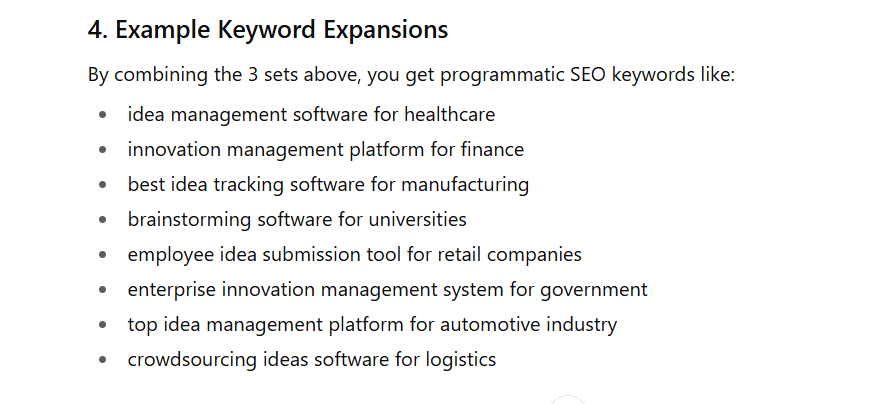
These engines will give you unique angles based on the feature set you specify. You can then use it to generate the first draft of each industry page, including industry pain points, use cases, compliance needs, and relevant examples.
It is also recommended to validate it with real customer insights or case studies where possible.
By tailoring your message to an industry, you show buyers you get their world. It feels specific and relevant, which builds trust and increases conversion rates.
Quality gates to enforce:
- Each page must highlight industry-specific challenges (e.g., data security for finance, patient privacy for healthcare).
- Add examples, templates, or workflows that make the content tangible.
- Keep the structure consistent but avoid copy-paste sameness.
Metric to track: Leads and demo requests segmented by industry page.
Where AI fits in: AI can surface industry-specific terminology and generate draft copy at scale. Your role is to fact-check, enrich with real proof points, and make sure each page feels authoritative.
Use Case #2: Alternatives Hub — Capture Buyers Ready to Switch
When people type “Alternative to [Competitor]” or “[Competitor] vs [Your Brand],” they are not browsing. They are bottom-of-funnel buyers, frustrated with a current tool and looking for a switch.
These searches are gold because they signal urgency and decision-stage intent. Here’s how to win these searches:
- Start by listing your top competitors. You probably know them already from sales calls, customer feedback, or deal cycles.
- Build a template for “Alternative to [Competitor]” and “Compare [Your Brand] vs [Competitor].”
- Use AI to help you draft the first version of each page — feature comparisons, migration FAQs, or a quick-switch checklist.
- Make sure each page clearly spells out where your product shines, backed with honest proof.
These alternative pages or blogs can help you meet buyers at the exact moment they are dissatisfied and actively looking for a better fit. By presenting transparent comparisons, you reduce friction and increase trust, which directly translates to higher demo requests.
Quality gates to enforce:
- Be truthful. Do not claim features or benefits you don’t deliver.
- Highlight specific advantages (better support, compliance coverage, easier onboarding).
- Add a short migration checklist to reduce fear of switching.
Metric to track: Demo requests and trial signups directly from alternatives pages.
Where AI fits in: AI can speed up drafting comparison blocks and FAQs, but it cannot know your true differentiators. You need to fact-check, add real examples, and ground every page in what your product actually delivers.
Use Case #3: Migration Playbooks — Remove Friction From The Switch
Once a buyer has decided to leave their current tool, the next question is obvious: how easy will it be to migrate?
This is where many deals slow down. If you do not address migration early, hesitation creeps in and your sales and account managers end up answering the same questions over and over again. Here’s how you can fill the gap:
- Create migration content for each popular tool you replace. It could be a landing page, a blog post, or a help desk article. Show the practical steps of moving from Competitor X to your product. You can include details like data mapping, common risks, rollback options, and a realistic time estimate.
- AI can help you generate role-specific FAQs for different teams, such as admins, finance, and operations.
These migration pages signal confidence. They show that you understand the pain of switching and that you have already planned for it. Buyers feel less risk, your internal teams field fewer repetitive calls, and your sales cycle moves faster.
Quality gates to enforce:
- Provide a before/after data table that shows what moves where.
- Call out risk mitigation steps and support resources.
- Highlight time to value i.e., how fast the customer can be live and productive.
Where AI fits in: AI can accelerate the drafting of FAQs and step lists, but the accuracy must come from your product and support teams.
Use Case #4: Integration Pages — Show You Fit Into Their Stack
When buyers look for software, they rarely think of it in isolation. They want to know if it works with the tech stack they already use.
That is why searches like “Connect [Tool A] with [Tool B]” or “[Software] integration with [CRM/Slack/HubSpot]” are so valuable. They come from people who are ready to buy, but only if you fit seamlessly into their stack. Here’s how you can do it:
- List the integrations your product supports today and the ones on your roadmap. Build a consistent template for “Integration with [Tool].” On each page explain what the integration does, the steps to enable it, and common use cases.
- You can also create help desk articles that support these pages so your sales and success teams do not have to answer the same questions repeatedly.
AI can help you draft the first version of integration guides, step by step instructions, or even generate troubleshooting FAQs.
Quality gates to enforce:
- Show clear step by step setup with screenshots or gifs where possible.
- Call out the most common use cases for the integration.
- Add a support link or escalation path for troubleshooting.
Metric to track: Trial activations and conversion rate for visitors who land on integration pages.
Where AI fits in: AI can speed up the creation of step lists, FAQs, and draft support content, but technical accuracy must come from your product and engineering team.
Use Case #5: Requirement Guides — Own The Questions Buyers Keep Asking In Your Niche
Every industry has its own set of questions that buyers type into Google before they make a purchase decision.
In the patent tech space, it could be patent drawing requirements across jurisdictions.
For your space, it might be “best practices for [process],” “requirements for [industry],” or “how to [specific task].” These recurring queries are your chance to build an entire programmatic content series.
Here’s how you can do it:
- Identify the questions and requirements that matter most for your buyers. Look at support tickets, sales calls, and keyword tools to spot patterns.
- Create a repeatable content structure: a Q&A guide, requirement checklist, or process breakdown.
- Scale it programmatically across categories, geographies, or scenarios. For example, “requirements for [country],” “guide to [framework],” or “how to [task] in [industry].”
You can then use AI to help draft variations, surface related questions, and ensure coverage. These guides can help you build topical authority and position you as the brand that answers real buyer questions. They also create natural entry points for buyers who are early in research but already thinking about execution.
Quality gates to enforce:
- Each page must answer specific buyer questions clearly, not in generic fluff.
- Include real examples, visuals, or data where possible.
- Keep guides up to date as requirements or practices evolve.
Metric to track: Organic traffic growth and inbound leads tied to long tail requirement queries.
Where AI fits in: AI can mine related questions, cluster them into themes, and generate first draft answers. Your team still needs to validate, enrich, and ensure each page reflects real-world expertise.
These plays afre just a quick glimpse. There are dozens of variations you could explore depending on your product, your industry, and your growth stage. The point is not to copy every idea but to start with a direction that fits your business and build from there.
But here is the catch. Programmatic SEO can go wrong if you scale without quality. That is when pages start looking thin, repetitive, or shallow. That will hurt you more than it helps.
So before you go ahead and spin up pages or blogs or templates, you need a system to keep quality in check. Think of it as your anti-thin checklist. Let’s check it out.
The Anti-Thin Checklist for Programmatic SEO with AI
Before you build at scale, you need to protect yourself from the biggest trap of programmatic SEO: thin content.
Pages that simply recycle the same structure with minor keyword swaps can quickly slip into thin territory and even hurt your domain authority.
The good news is that thin pages are not inevitable. If you set a few guardrails and use AI in the right way, you can create programmatic content that is both scalable and rich, layered with real use cases, industry nuance, and buyer intent signals that make each page stand on its own.
1. Every page must answer a real question
If there is no real search intent behind it, do not publish. AI can cluster long-tail queries, but your guardrail is to publish only when the question/product maps to a genuine use case.
2. Add proof, not fluff
Every page should contain something tangible: a table, a migration step list, an integration screenshot, or a template. AI can draft the frame, but your guardrail is to always enrich it with product data, customer stories, or real assets.
3. Make variation meaningful
Avoid pages that only swap “finance” for “healthcare.” AI can surface industry-specific pain points and terminology, but your guardrail is to validate them based on your experience and add nuance that makes each version stand alone.
4. Build in honesty
Do not claim features or benefits you do not have. AI can help you structure comparisons, but the guardrail is a fact-check loop against what your product actually delivers.
5. Connect the ecosystem
Thin pages often sit in isolation. AI can suggest internal linking opportunities, but your guardrail is a clear cluster strategy so every page supports the bigger narrative.
This checklist is not about making programmatic SEO harder. It is about making sure that when you scale, you scale with quality. AI is a powerful assistant, but only if you give it direction and hold it accountable to your standards.
Why Partner With Concurate for Programmatic SEO with AI
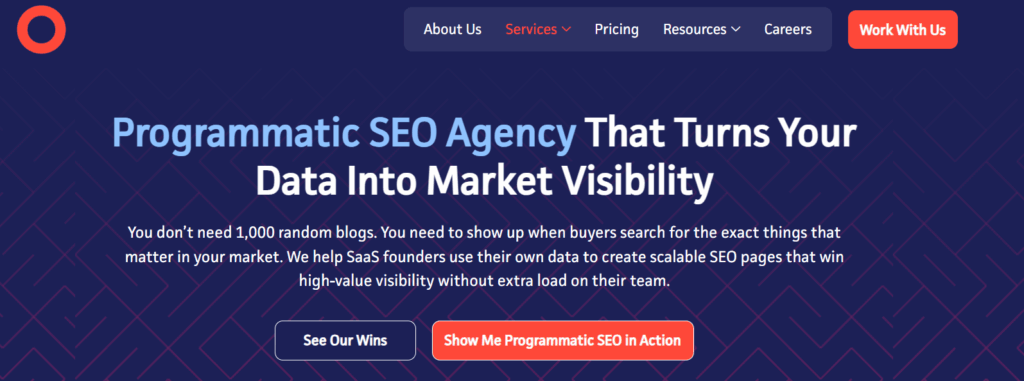
Programmatic SEO powered by AI can unlock growth, but it requires the right balance of strategy, structure, and quality control. That is exactly what we bring at Concurate.
We are a content marketing agency that understands how to harness generative engines, turn high-intent search patterns into clusters, and produce content that converts.
For one SaaS client, we created just 18 programmatic blog posts and they generated 13 leads in two months. The reason it worked was not just scale, but the discipline behind every page, i.e., relevance, depth, and strong guardrails.
If you want to see programmatic SEO work for your business, we can help you map the right clusters, build the right assets, and kick-start results. Book a strategy session with Concurate and kickstart your programmatic SEO journey today.


